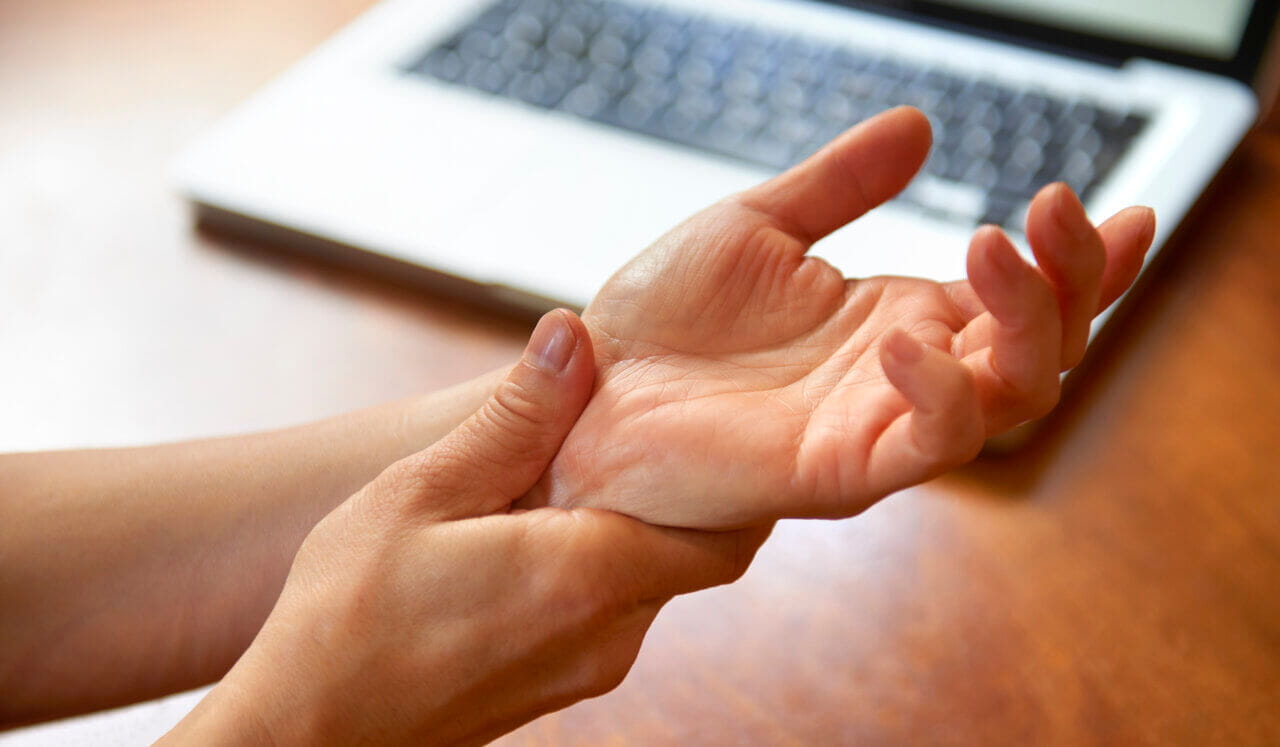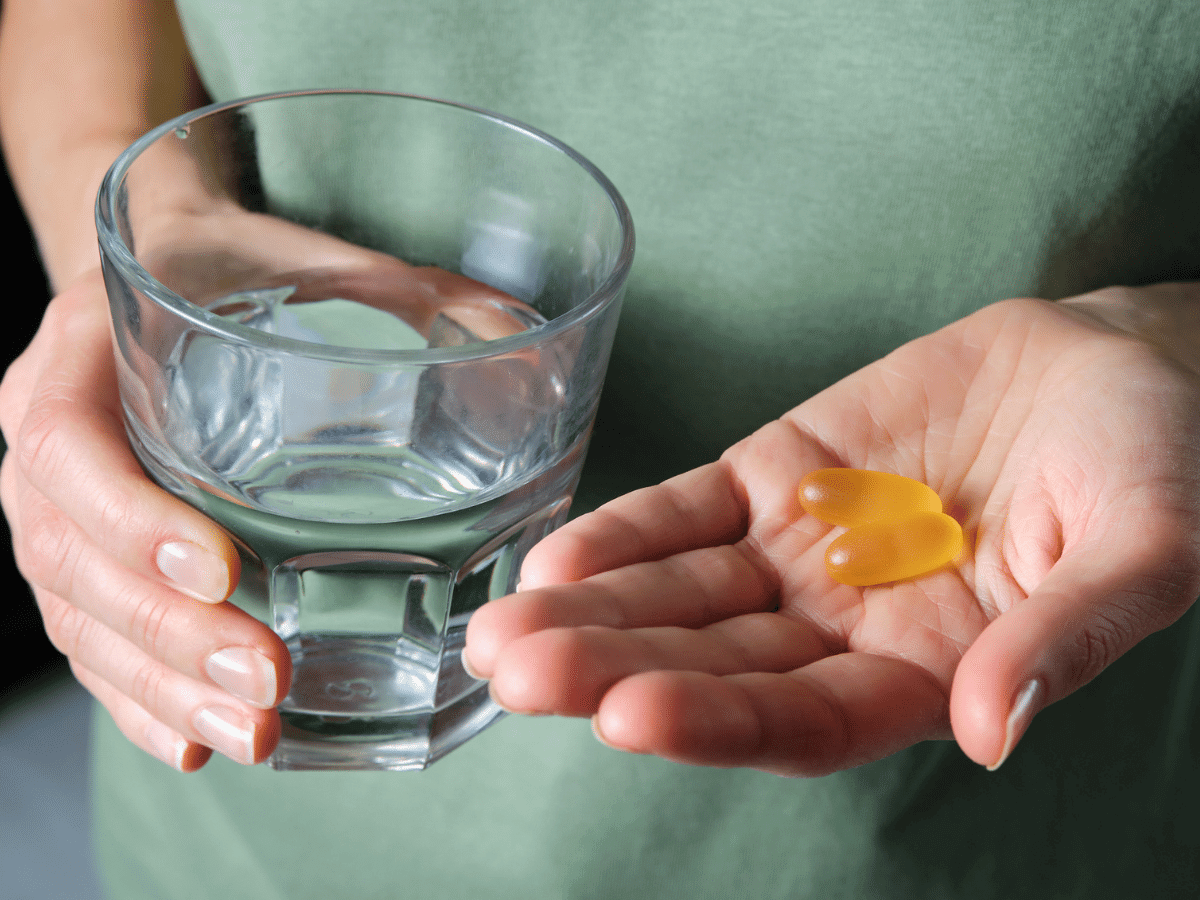How to Prevent Arthritis

Arthritis is a condition that occurs when your joints experience significantly reduced mobility. This can cause pain, swelling, and stiffness in the joints, in addition to causing issues with performing simple tasks such as walking, writing, or cutting food. Arthritis is the leading cause of disability in the U.S. and affects people of all ages, sex, and race. In fact, two-thirds of people with arthritis are under the age of 65, including an estimated 300,000 children.
Types of Arthritis
The two most common types of arthritis are osteoarthritis and rheumatoid arthritis.
Osteoarthritis
Osteoarthritis is a degenerative joint disease that causes the bones to erode due to wear and tear. It affects the joints, such as the knees and hips, but can also affect the spine and neck. The condition is most common in older people, although it can develop at any age.
The symptoms of osteoarthritis include:
- Pain in your joints – this is often made worse by exercise or movement
- Swelling in your joints
- Stiffness in your joints that makes it difficult to move them
Rheumatoid arthritis (RA)
RA is an autoimmune condition that affects the body’s immune system (the body’s natural defence against infection). It causes inflammation around the joints of the hands and feet, but can also affect other parts of the body including muscles and tendons (tissue that connects muscles to bones). RA usually starts between 20-50 years old, but can develop later on too. It usually affects women more than men.
The symptoms of RA include:
Pain, swelling, stiffness and tenderness in affected joints – this may be worse in morning or after exercise.
Tips to Reduce Your Risk of Arthritis
Here are things you can do to decrease your chances of developing arthritis:
- Exercise regularly. Even though it might seem like the last thing you want to do when you’re in pain, exercise is beneficial for managing arthritis. It can strengthen muscles that support your painful joints. Try low-impact exercises such as biking, swimming, yoga, Pilates or walking. Add in some stretching to maintain your flexibility and range of motion.
- Watch your weight. Being overweight increases the load that you put on your joints. If you are overweight, try losing a few pounds. Losing as little as 10 pounds can slash your risk of getting knee arthritis by almost 50 percent.
- Avoid injury. As you age, your joints can start to wear out. But, injuries from playing sports or due to an accident can damage your cartilage and cause it to wear out more quickly. Use proper safety equipment while playing sports, and learn the correct exercise techniques.
- Eat right. Enjoy a diet full of foods that fight inflammation – including fish, olives and olive oil, whole grains, fruits, and vegetables. Limit sugar, processed foods, and saturated fat. Savor the season and ease your pain with these summer fruits and vegetables.
- Drink enough water. Water makes up 70 percent of the cartilage in joints and helps keep them lubricated so bones don’t rub up against each other. Drink plenty of water during the day.
- See your doctor. The damage from arthritis is progressive. The longer you wait to seek treatment, the more destruction will occur to your joints. See your doctor if you experience any potential symptoms of arthritis such as pain, swelling or stiffness in one or more of your joints.
Treatment for Arthritis
While there’s no cure for arthritis, treatments can ease symptoms and slow joint damage.
Your doctor may prescribe medication to control pain and inflammation. Other treatments include:
- Exercise — to strengthen muscles and improve flexibility
- Weight loss — if you’re overweight
- Physical therapy — to keep joints flexible and strong
Talk with Your Baptist Health Doctor About Arthritis
If your arthritis is getting worse, our Baptist Health Orthopedic team can help you manage it. With proper care and management, you can minimize the symptoms and improve your quality of life. Take action today.



